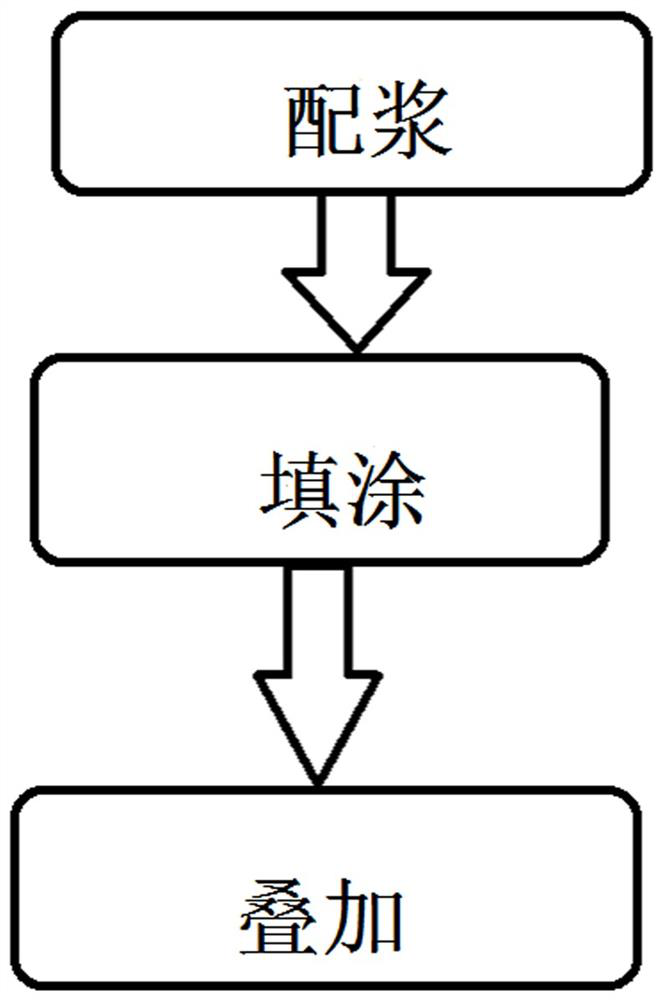Preparation method of power battery electrode based on carbon material
A power battery and carbon material technology, applied in the direction of battery electrodes, electrode manufacturing, circuits, etc., can solve the problems of large volume of carbon lead, serious pollution, poor work efficiency, etc., achieve good conductivity, wide use, and improve service life Effect
- Summary
- Abstract
- Description
- Claims
- Application Information
AI Technical Summary
Problems solved by technology
Method used
Image
Examples
Embodiment Construction
[0023] The content of the present invention may be more readily understood by reference to the following detailed description of the preferred embodiments of the invention and the included examples. Unless otherwise defined, all technical and scientific terms used herein have the same meaning as commonly understood by one of ordinary skill in the art to which this invention belongs. In case of conflict, the definitions in this specification will control. The term "bonding" as used herein is synonymous with "stacking". As used herein, the terms "comprising," "including," "having," "containing," or any other variation thereof, are intended to cover non-exclusive inclusion. For example, a composition, step, method, article or device comprising the listed elements is not necessarily limited to those elements, but may include other elements not expressly listed or inherent to such composition, step, method, article or device elements.
[0024] In order to understand the above ob...
PUM
 Login to View More
Login to View More Abstract
Description
Claims
Application Information
 Login to View More
Login to View More - R&D
- Intellectual Property
- Life Sciences
- Materials
- Tech Scout
- Unparalleled Data Quality
- Higher Quality Content
- 60% Fewer Hallucinations
Browse by: Latest US Patents, China's latest patents, Technical Efficacy Thesaurus, Application Domain, Technology Topic, Popular Technical Reports.
© 2025 PatSnap. All rights reserved.Legal|Privacy policy|Modern Slavery Act Transparency Statement|Sitemap|About US| Contact US: help@patsnap.com

